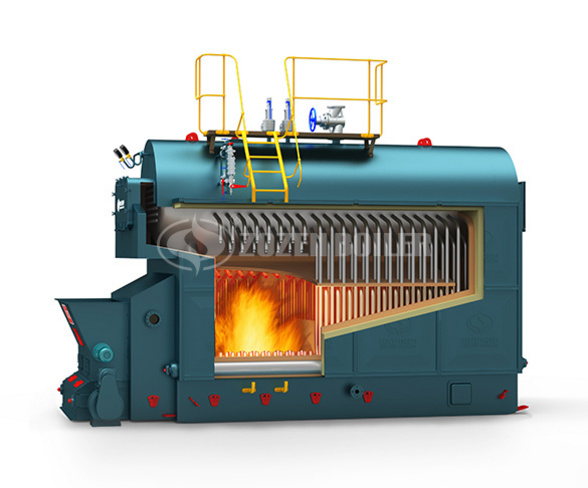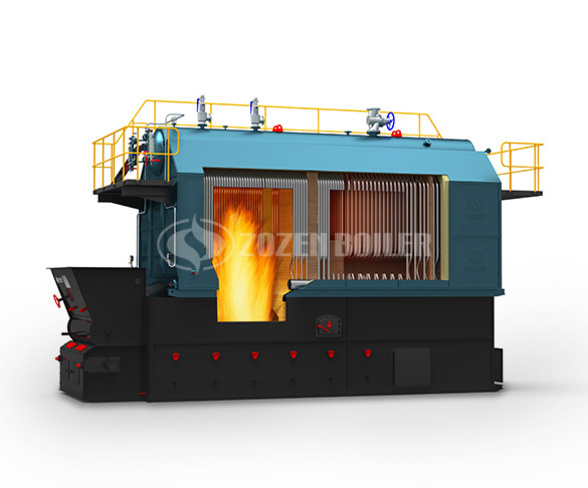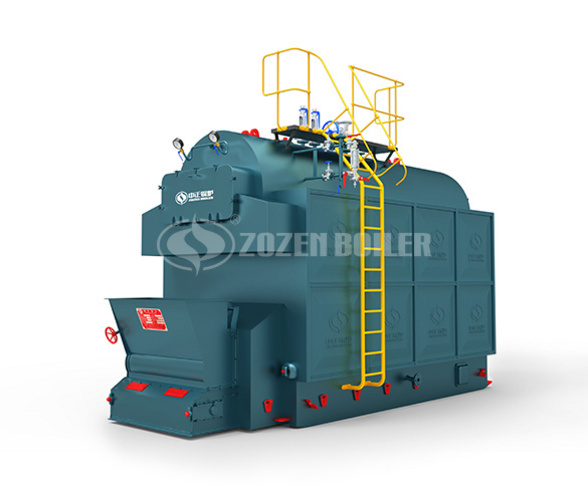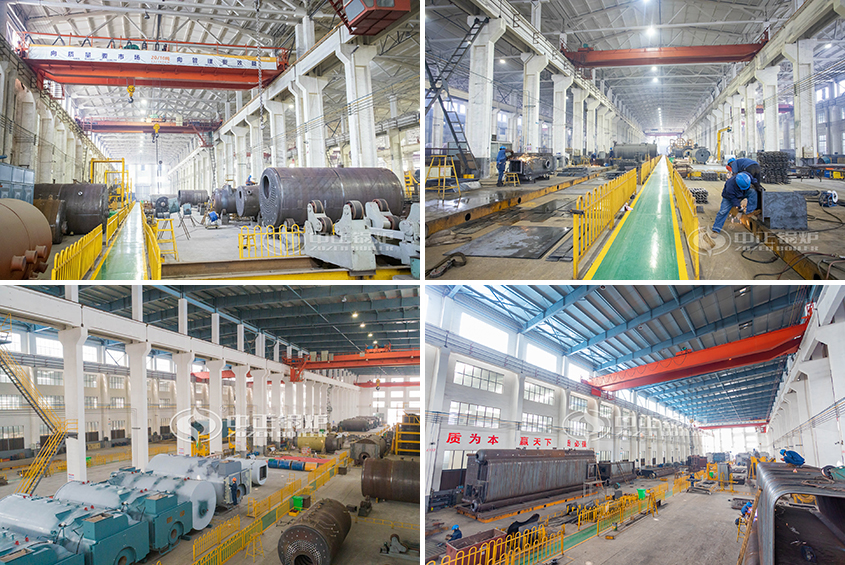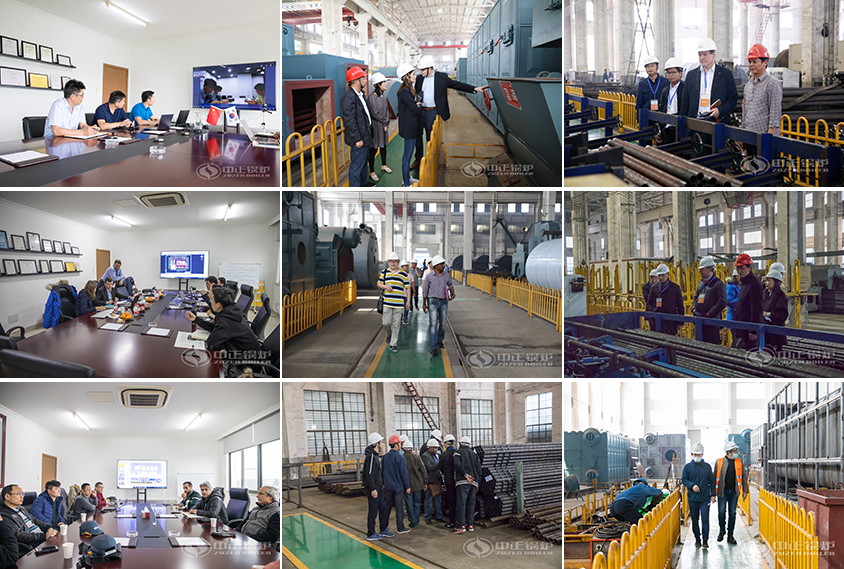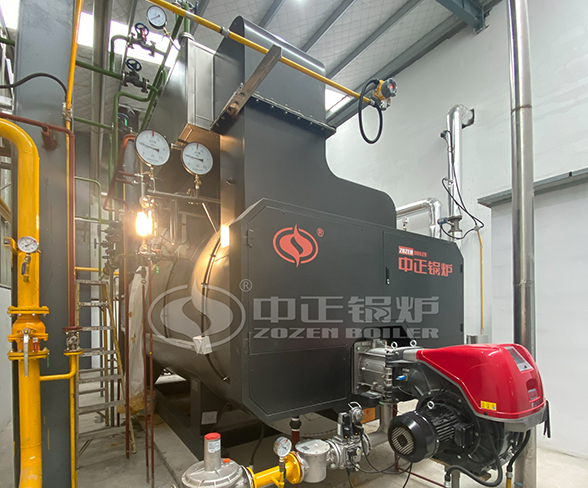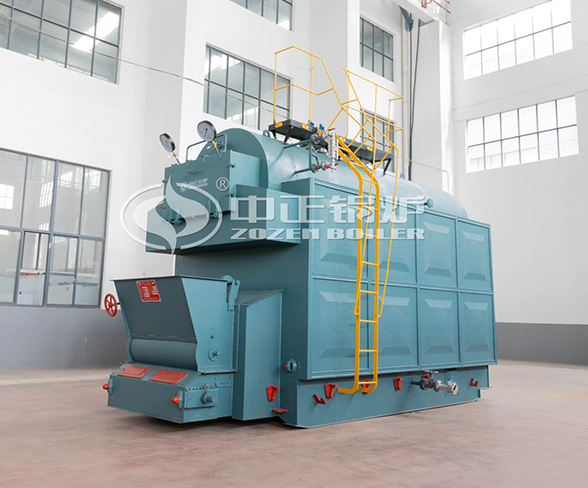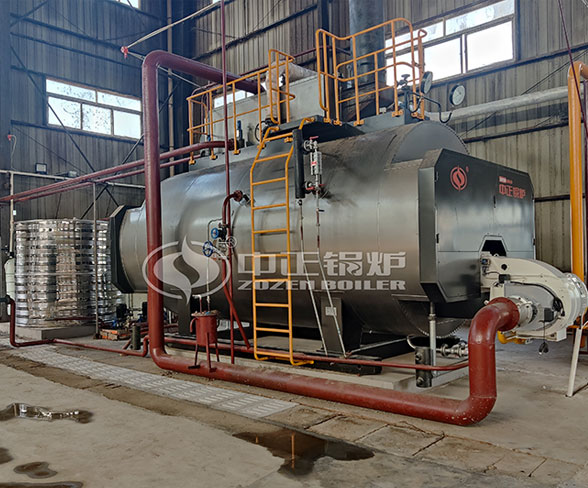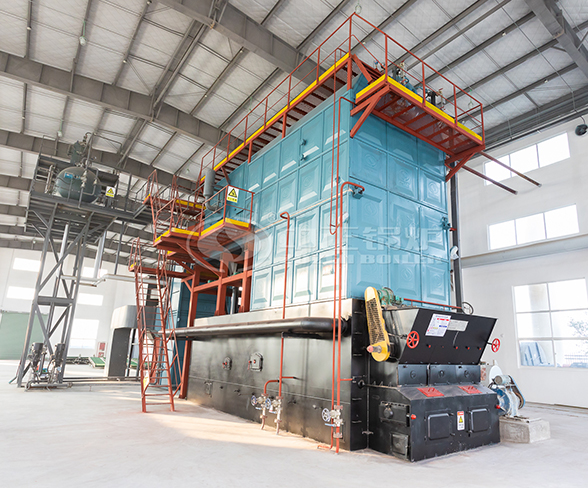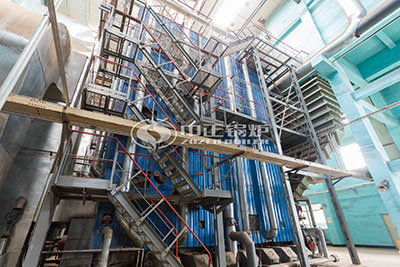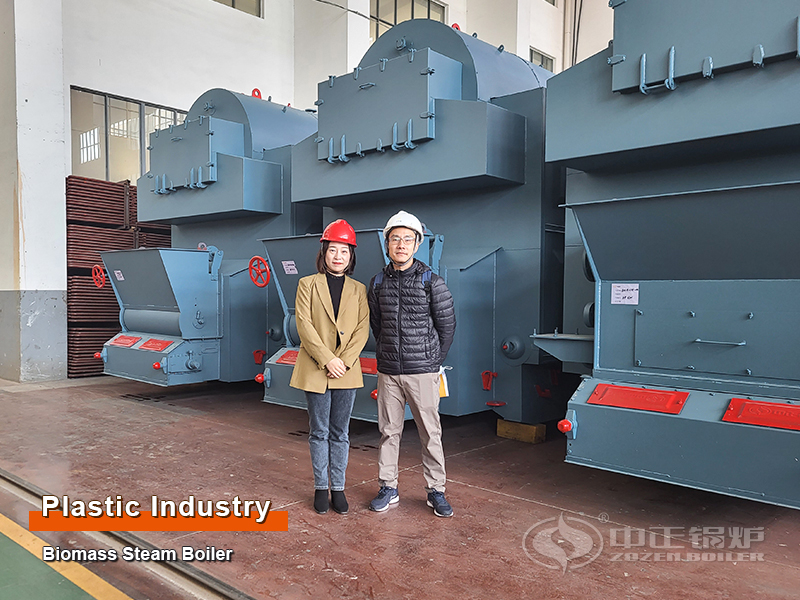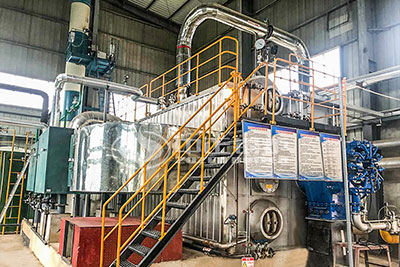A large industrial boiler can operate successfully for 25 years or more. However, the decrease in a boiler’s performance and associated gradual increase in annual maintenance and operating costs can signal a need for change. When required, the boiler-replacement process typically is not as simple as merely changing out a failing boiler. So what happens when a boiler reaches the end of its useful life? Where does the process of replacing an old boiler begin? Simply put, boiler replacement takes much more effort than pulling out an old boiler and sliding in a new one.
Boiler prices vary based on brand, size and type (combi, system or conventional). But when looking for a new boiler a hefty price tag doesn’t necessarily mean you get a top boiler. So it’s important to know more of manufacturer and find the best boiler to fit your budget.
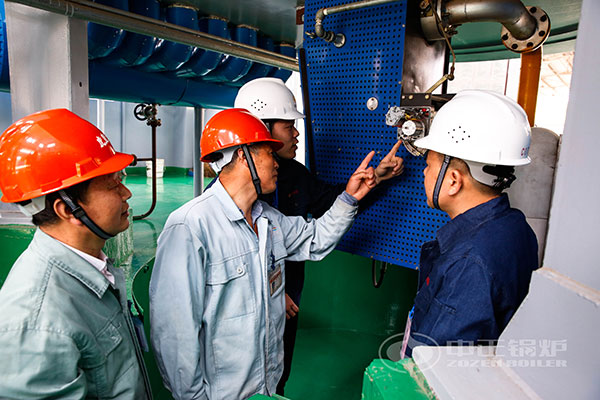
The replacement of a large industrial boiler easily can involve $1 million or more, so fully understand the boiler manufacturer and find the most suitable boiler solution for your project, minimizing costs while maximizing benefits. This article will present several tips on how to approach industrial-boiler replacement. A typical industrial boiler that produces 30,000 lb per hour of 150-psig saturated steam will be used in this article as a basis for discussion.
When a facility’s original boiler was placed in service, the natural-gas rate may have been $3 per million British thermal units, with annual fuel costs of $500,000. With fuel costs having risen so much in recent years, a replacement boiler in the same size range easily could consume $2 million of fuel annually in today’s dollars. Because of the volatility of fuel costs, boiler-fuel choices should be deliberate. While natural gas probably will remain the fuel of choice because it is the easiest and cleanest fuel to burn, other fuels, such as waste products, that can be burned to turn into steam are available.
Our biomass boilers that use wood chips, straws, palm shells, mesocarp fiber, empty fruit bunch (EFB) fiber, rice husk and other wastes as fuels in order to achieve zero carbon dioxide emissions. After numerous tests and simulations, we have developed a reasonable structure of furnace arch, furnace wall and furnace heating surface that guarantees combustion efficiency and evaporation rate. NOx emissions of our biomass boilers can be as low as 100 mg/Nm3 with thermal efficiencies up to 90%.
Because of the volatility of boiler fuel costs, getting every bit of energy out of fuel is paramount. It is only common sense to do everything possible to convert all of the heat value in any fuel to useful steam energy, which also can help reduce the emission of greenhouse gases. For example, a new boiler installation should include a feedwater economizer to preheat water going into the boiler, which potentially can increase overall thermal efficiency by up to 3 percent, and new combustion controls to reduce excess air within the burner, which can increase thermal efficiency by another 3 to 5 percent. Assuming fuel costs $2 million annually, these efficiency improvements could result in annual fuel savings of $50,000 or more. However, there are more unconventional efficiency enhancements.

